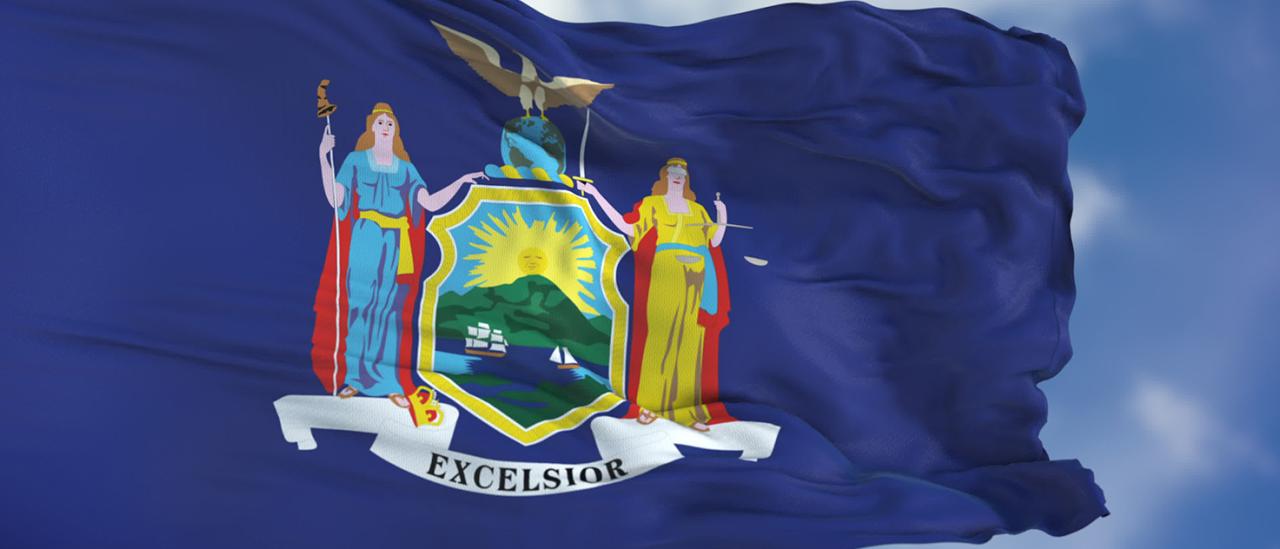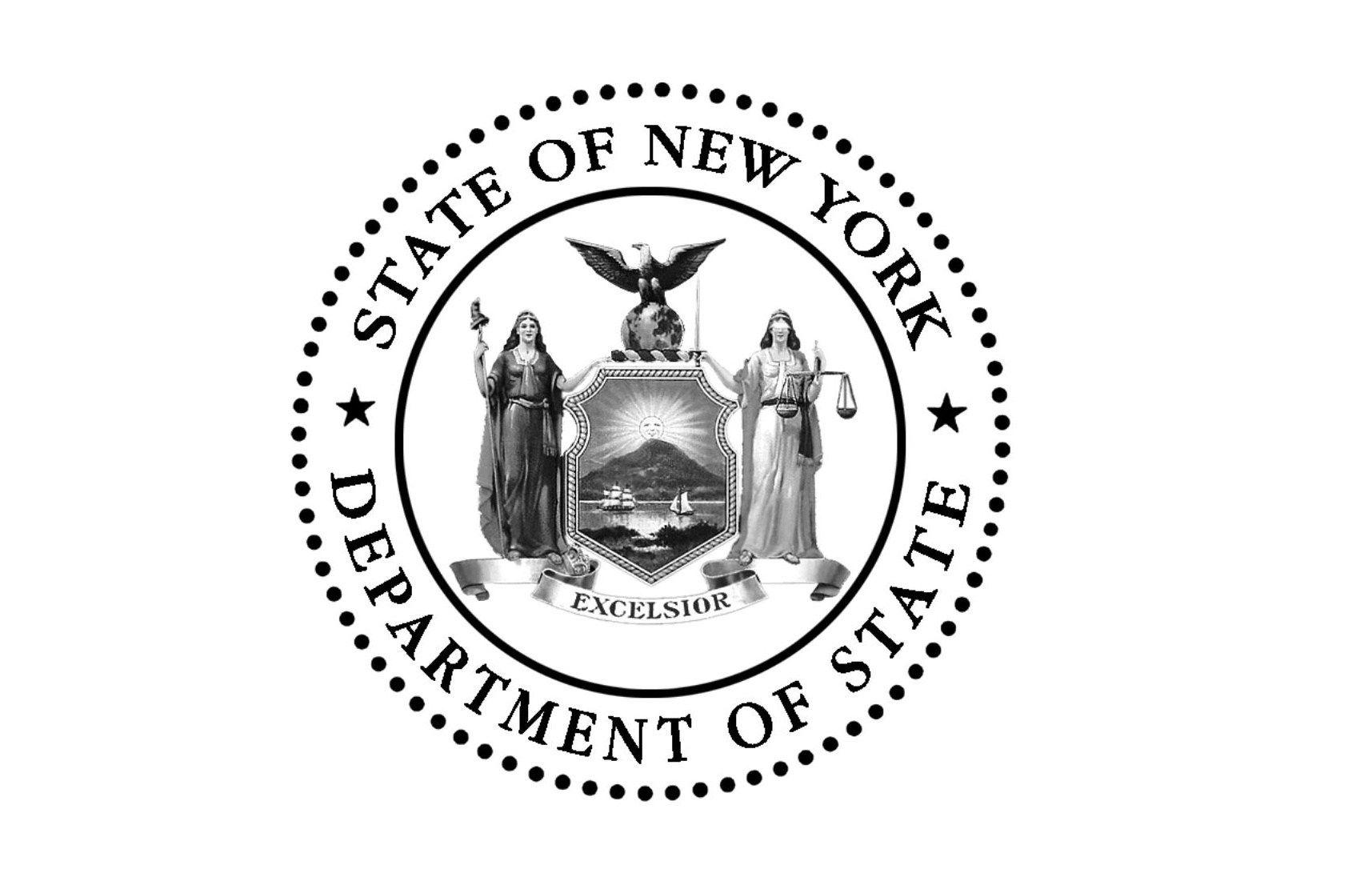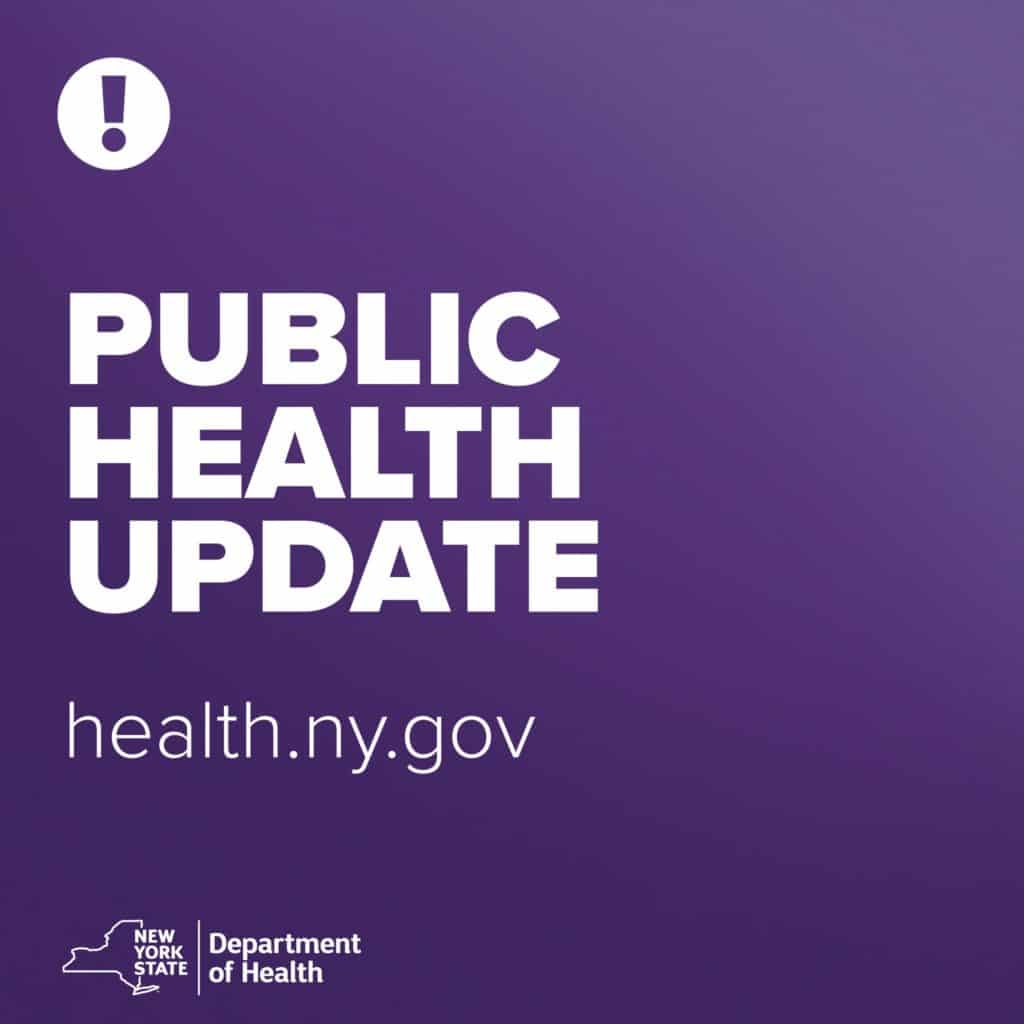The New York State Department of Health is the department of the New York state government responsible for public health.
Public health infrastructure
New York State relies on a county-based system for delivery of public health services. The Department of Health promotes the prevention and control of disease, environmental health, healthy lifestyles, and emergency preparedness and response; supervises local health boards; oversees reporting and vital records; conducts surveillance of hospitals; does research at the Wadsworth Center; and administers several other health insurance programs and institutions. 58 local health departments offer core services including assessing community health, disease control and prevention, family health, and health education; 37 localities provide environmental health services, while the other 21 rely on the state's Department of Health. Its regulations are compiled in title 10 of the New York Codes, Rules and Regulations.
At the local level, public health workers are found not only in local health agencies but also in private and nonprofit organizations concerned with the public's health. The most common professional disciplines are physicians, nurses, environmental specialists, laboratorians, health educators, disease investigators, outreach workers, and managers, as well as other allied health professions. Nurses represented 22% of the localities' workforce (and 42% of full-time equivalent workers in rural localities), scientific/investigative staff represented 22%–27% of the workforce, support staff represented 28%, education/outreach staff represented 10%, and physicians represented 1%. In 2018 the Department of Health had over 3300 personnel in its central office, three regional offices, three field offices and nine district health offices, and an additional 1400 personnel in its five healthcare institutions.
Professional licensing
The Office of Professional Medical Conduct and State Board for Professional Medical Conduct are responsible for investigating and adjudicating complaints against physicians, physician assistants, and specialist assistants. The Education Department's State Board for Medicine advises on licensing, practice standards, and professional conduct for physicians and physician assistants.
Medical assistance
The Department, through the NY State of Health marketplace, manages eligibility and enrollment for Medicaid applicants. New York has transitioned to Medicaid managed care away from the fee-for-service model, and most beneficiaries enroll in "mainstream" Medicaid managed care plans.
Statewide Health Information Network
The Statewide Health Information Network for New York (SHIN-NY, pronounced "shiny") is a health information exchange that allows healthcare providers to access and share patient data, managed by the nonprofit New York eHealth Collaborative. There are several regional health information organizations such as Hixny.
History
The earliest New York state laws regarding public health were quarantine laws for the port of New York, first passed by the New York General Assembly in 1758. The 1793 Philadelphia yellow fever epidemic precipitated the 1799–1800 creation of the New York Marine Hospital, and in 1801 its resident physician and the health officers of the port were constituted as the New York City board of health. The 1826–1837 cholera pandemic precipitated further legislation. In 1847 a law mandated civil registration of vital events (births, marriages, and deaths). In 1866, the state legislature passed the Metropolitan Health Law and established the NYC Metropolitan Board of Health, and in 1870 the legislature replaced it with the NYC Department of Health.
The State Board of Health was created 18 May 1880 by the 103rd Legislature. The 1881–1896 cholera pandemic further caused an expansion of its powers to compel reporting and to perform the duties of local boards of health. The State Department of Health and its commissioner were created by an act of 19 February 1901 of the 124th Legislature, superseding the board.
The state implemented Medicaid in 1966 and designated the state Department of Social Services as the "single state agency" but required it to contract with the Health Department. The Social Services Department and local social districts were responsible for eligibility determinations and paying claims, while the Health Department and local health districts were responsible for settings standards (including fees schedules) and supervising and surveilling providers. In 2012, the Health Department started assuming administrative responsibilities for Medicaid from the counties. Previous legislation passed in 2010 as a result of the Affordable Care Act called on the Health Department to create and implement a plan for such a transfer.
By 1970 the state began to regulate health insurance reimbursement rates, in 1983 began all-payer rate setting, and by 1986-1988 had moved to a case-based system. In 1996 these were replaced by the current Health Care Reform Act (HCRA), allowing negotiated reimbursement rates and establishing tax funding for public goods like graduate medical education, charity care, and public health.
List of commissioners
See also
- New York State Office of Addiction Services and Supports (OASAS)
- New York State Office of Mental Health (OMH)
- New York State Office for People With Developmental Disabilities (OPWDD)
- New York City Department of Health and Mental Hygiene
- Wadsworth Center, the research-intensive public health laboratory of the New York State Department of Health
- New York State Board for Medicine
References
External links
- Official website
- NY State of Health marketplace
- Regulations in the New York Codes, Rules and Regulations
- Data in Open NY (https://data.ny.gov/)
- Recipient profile on USAspending.gov
- Contracts from the NYS Department of Audit and Control
- Health committee of the Senate
- Health committee of the Assembly




